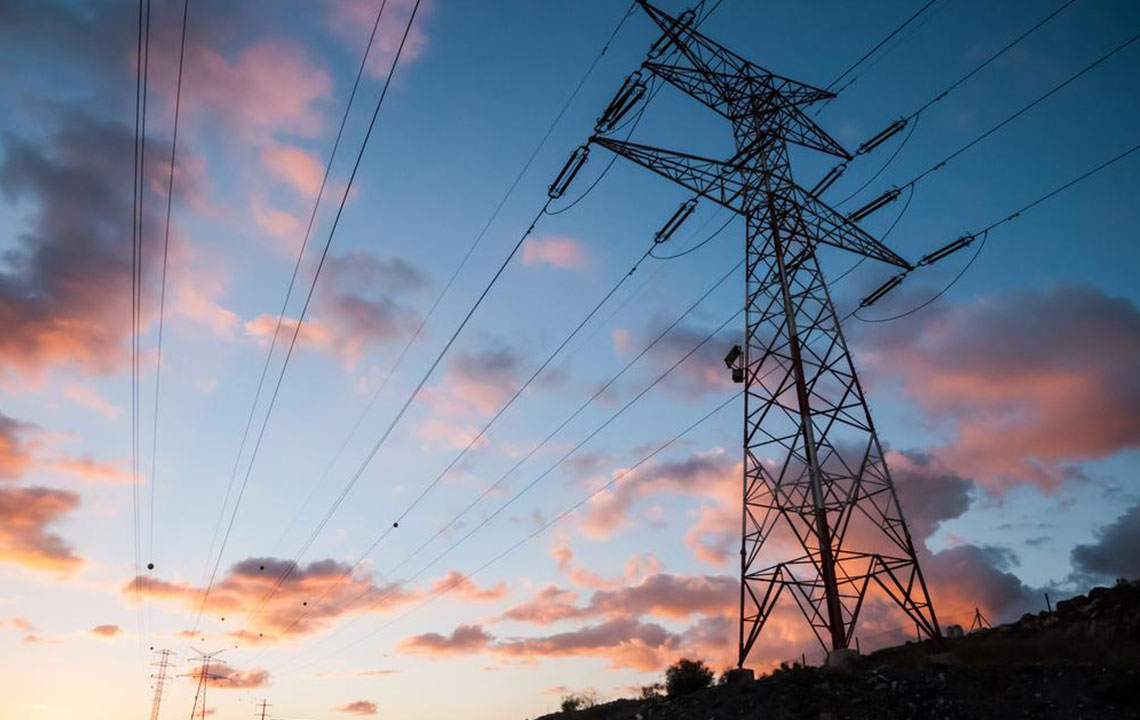
Know what factors influence electricity rates
The electricity rates have been surging since the past decade. However, have you ever wondered what’s the reason behind these skyrocketing energy bills every month? Not one but multiple causes are responsible for influencing the electricity rates. Moreover, these determinants are highly erratic and their effect keeps transitioning across states. Here are the four key factors that decide the electricity rates for your home.
- Power plants – Each power plant is based in a different location and might have a unique infrastructure which automatically customizes its operating and maintenance costs. Moreover, the transmission and distribution systems that supply electricity also have separate maintenance expenses such as damage repairs caused by extreme weather or accidents.
- Climate – The demand for electricity is highly driven by the climate of the city or town. For instance, if you reside in an area with scorching temperatures, the need for cooling will be greater. Inevitably, such requirement will boost the demand for electricity as well as its prices. Conversely, areas with rainfall and snow can work with hydropower generation at a low cost. Similarly, if your city or town weathers strong winds, then wind power can be used to generate low-cost electricity.
- Fuel costs – The fuel costs are so unpredictable that it can even starkly fluctuate on an hourly basis. A high demand for electricity can cause a surge in the need for fuel, such as natural gas. This tends to raise the overall fuel costs, consequently increasing the electricity rates as well.
- State laws – In a few states, the government is entirely in control of the electricity rates. Whereas in others, both, state-regulated prices (for transmission and distribution) and unregulated prices (for generators) are implemented. The electricity rates will vary based on the regulations laid down by every state.
As compared to an industrial setting, expensive electricity rates are charged for residential or commercial consumption. This is because it requires more finances for distributing electricity across different locations. Conversely, industrial settings use more electricity at higher voltages which makes it easier to transport and comparatively cheaper.
In most scenarios, consumers have to pay high electricity rates during the months of summer as there’s an increased demand for energy. Therefore, expensive energy sources might have to be used during this season to gratify the added demand. Currently, states such as Oregon, Idaho, Washington, Missouri, Kentucky, Arkansas, Utah, and Nebraska offer some of the cheapest electricity rates in the country.




